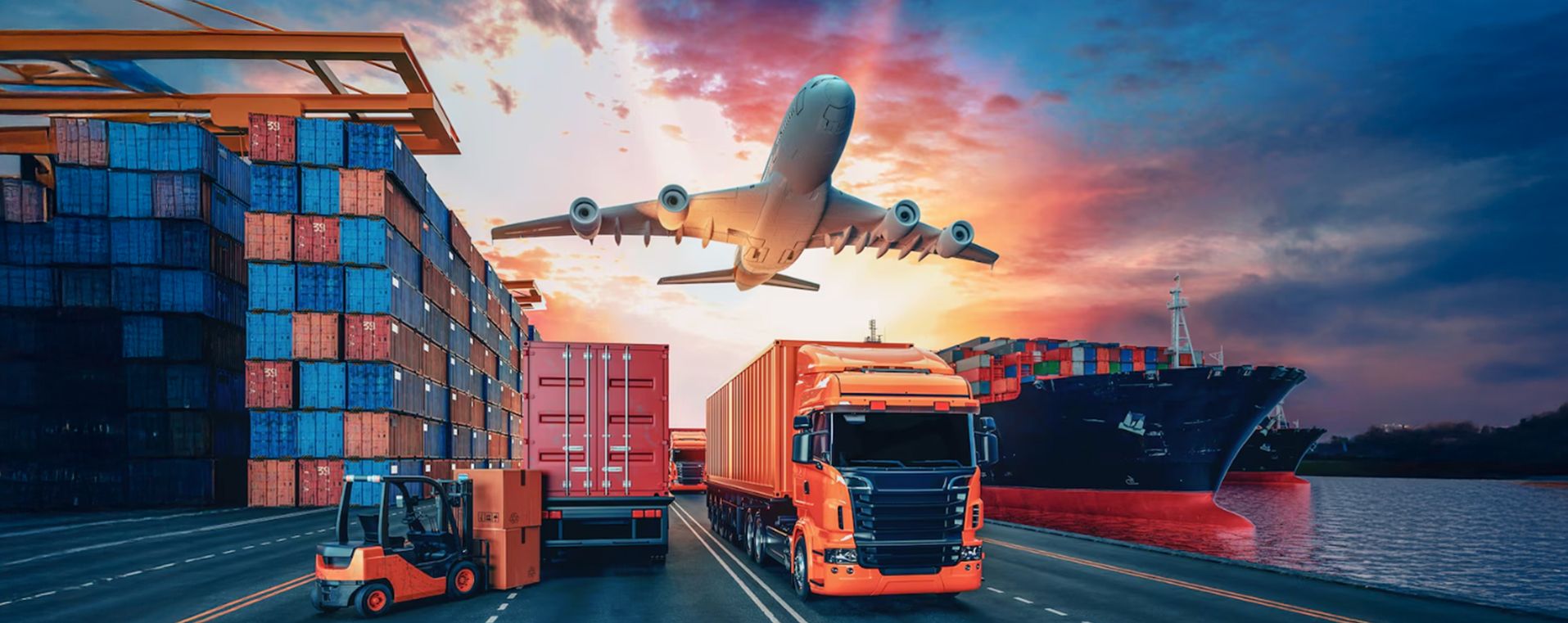Clearing & Forwarding (Air, Sea, Land)

Global logistics require coordination with customs, ports, shipping lines, and internal teams. Manual handling increases delays and errors.
In fleet management, tracking clearing and forwarding services (air, sea, and land) involves monitoring the progress of shipments through various stages of the supply chain, from origin to destination. This includes tracking vessel locations, container movements, and ensuring timely customs clearance for both imports and exports.
DCC NG offers end-to-end digitization of the clearing and forwarding process across all modes—sea, air, and land.
Key Highlights:
- Document bundling and submission tracking (BoL, invoice, PL, etc.)
- CHA agent coordination and clearance milestone logs
- Cost and demurrage management with audit trails
- Real-time alerts and integration with port and ERP systems
**Key Features of Freight Forwarding Module**
- Real-time Tracking:
Software provides real-time updates on the location and status of shipments, allowing for proactive problem-solving and improved customer communication.
- Automated Communication:
Platforms can automatically notify stakeholders about shipment updates, delays, or changes in route, ensuring everyone stays informed.
- Integrated Communication Channels:
Software often includes multiple communication channels, such as email, direct messages, and chatbots, for efficient communication with customers and partners.
- Customs Clearance Management:
Software helps manage customs documentation and processes, ensuring compliance and efficient clearance of goods.
- Document Management:
Software facilitates the management of all necessary shipping documents, ensuring they are readily available and accurate.
Use Case:
A freight forwarder reduced clearance processing time by 30% and demurrage costs by 17% using DCC NG.
→ Digitize your clearing process. Deliver faster.
Opting for a single solution to manage both air and ocean freight has a number of advantages that translate into reduced costs, increased operational efficiency, high-profit margins, and increased customer satisfaction. Integration into one platform is the way forward to ride the wave of the digital revolution that is taking over the freight forwarding industry.
